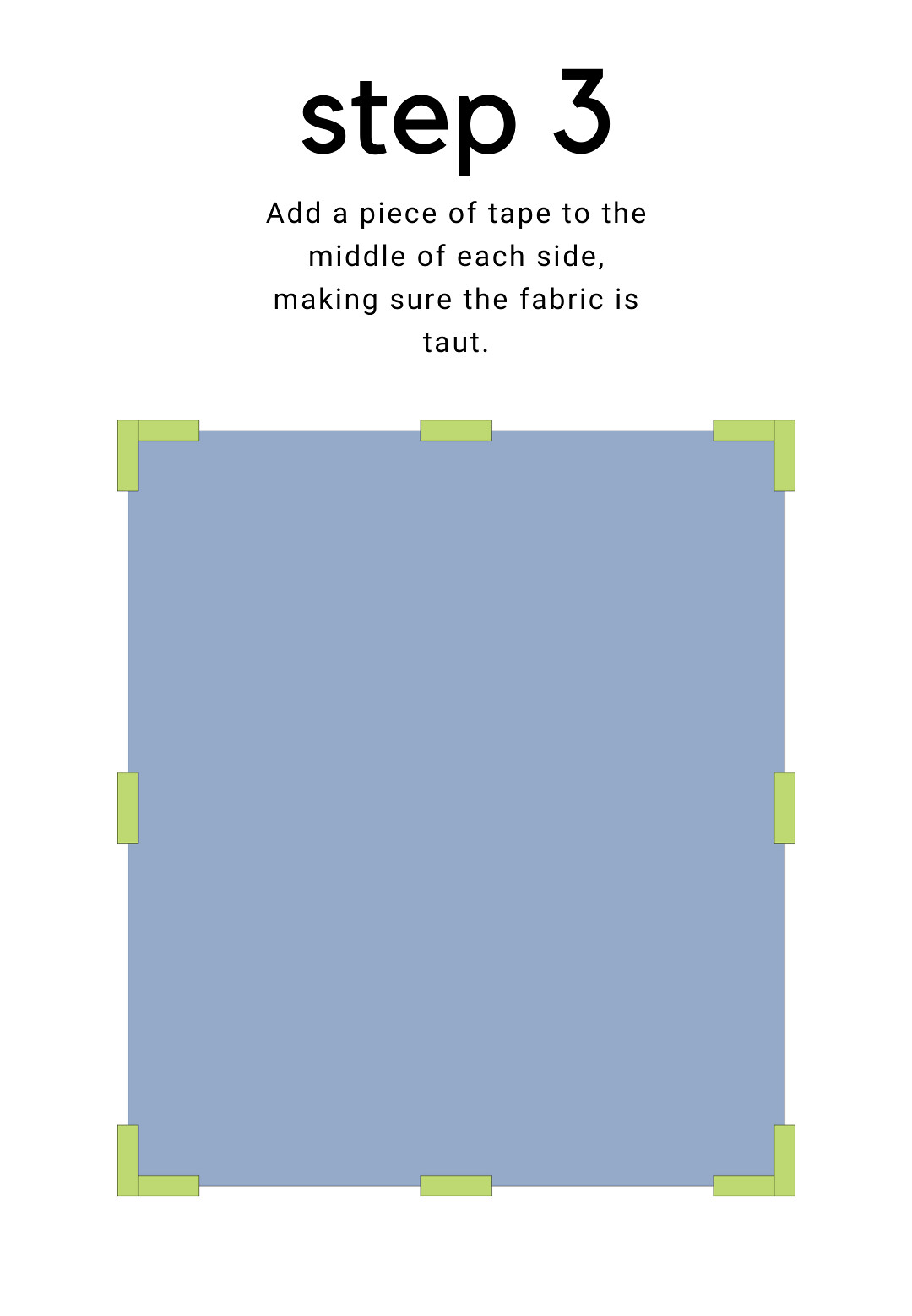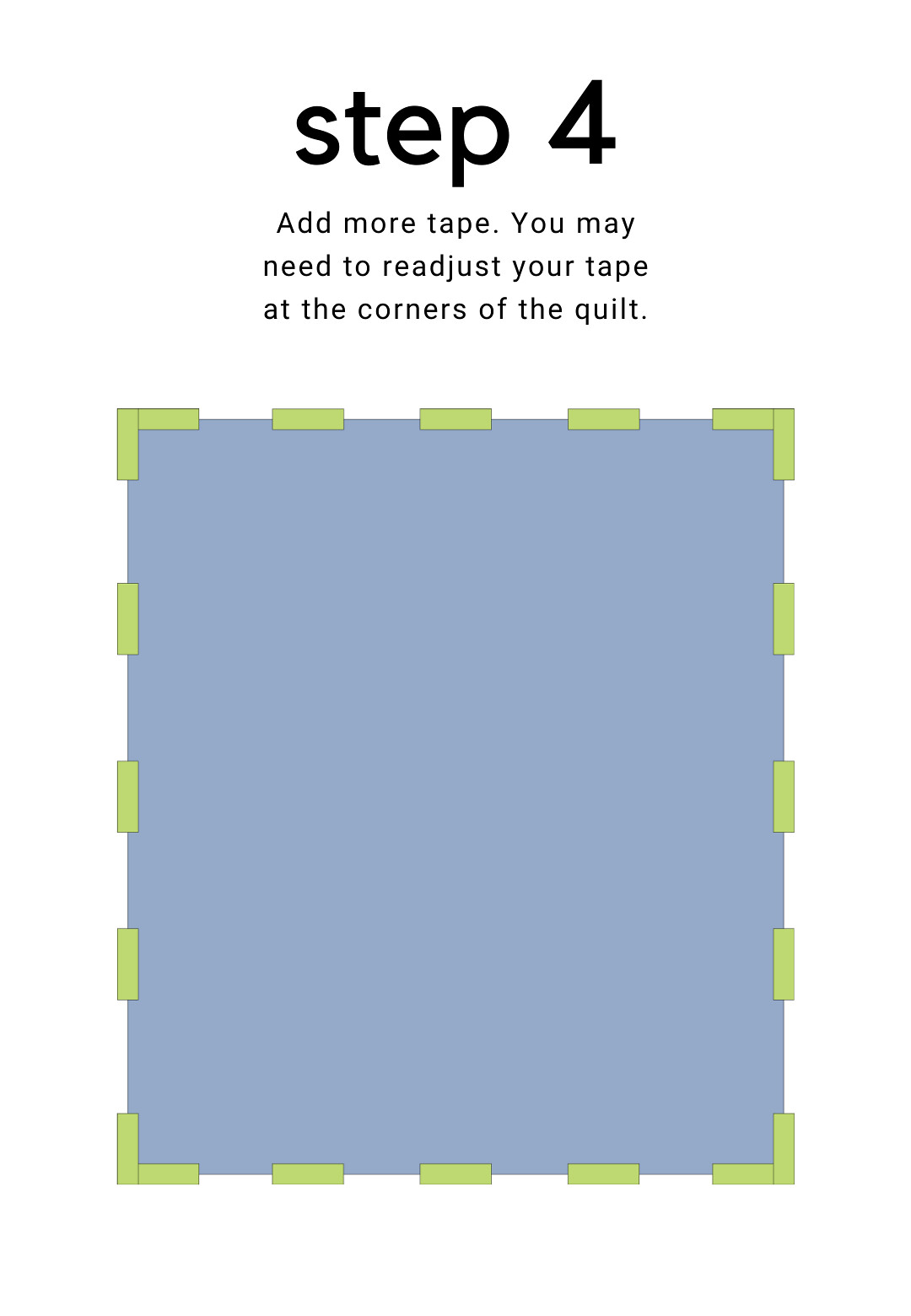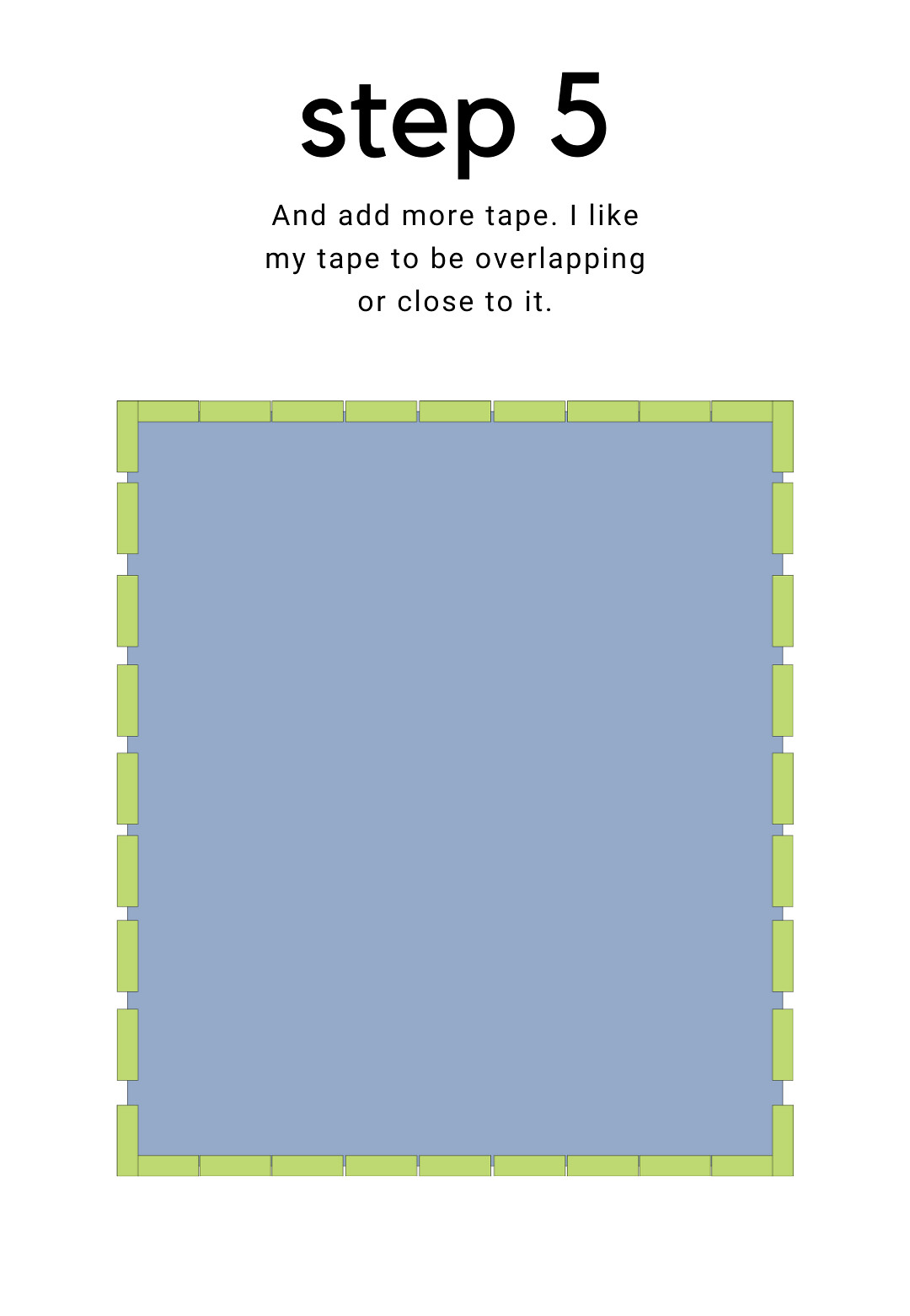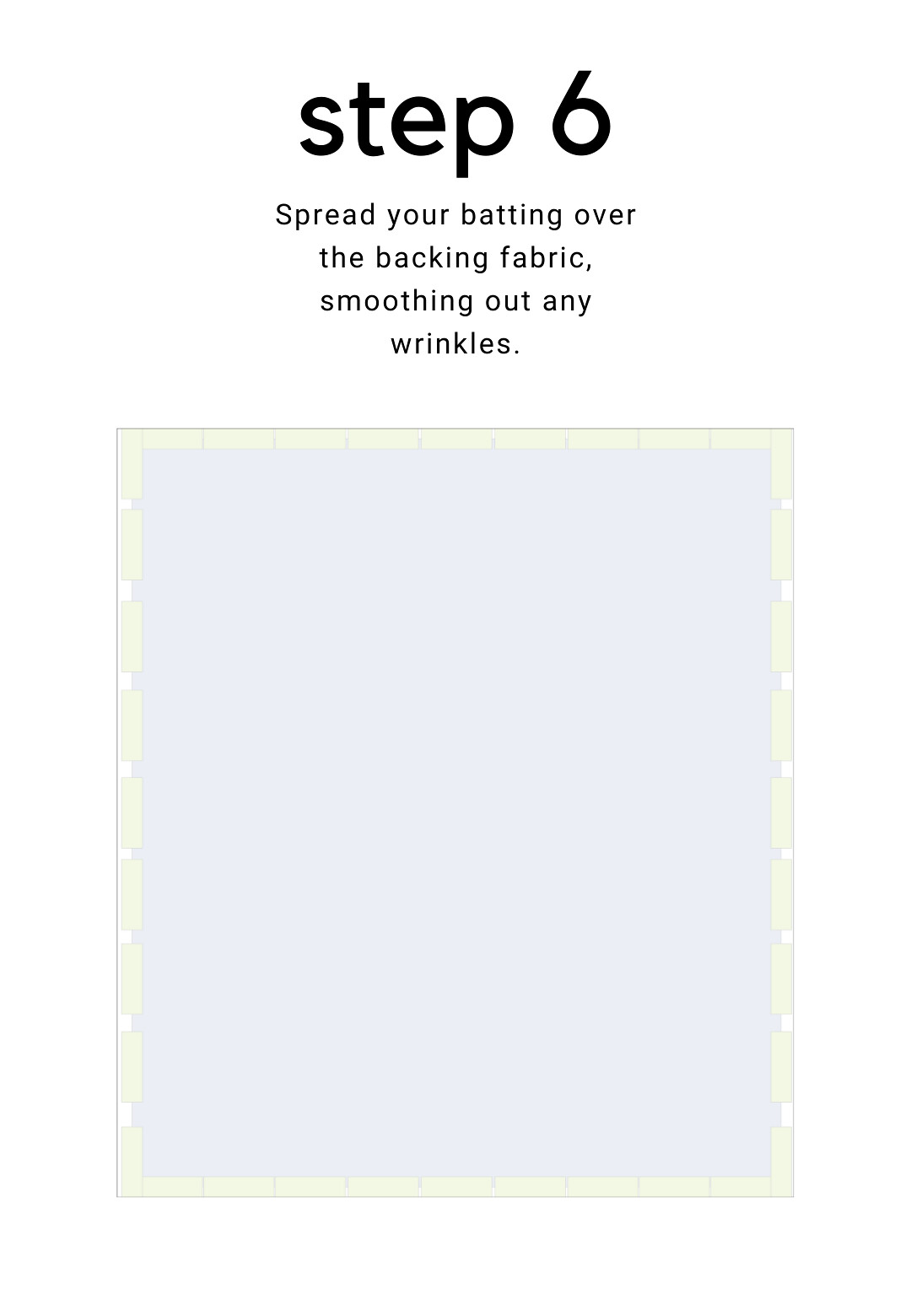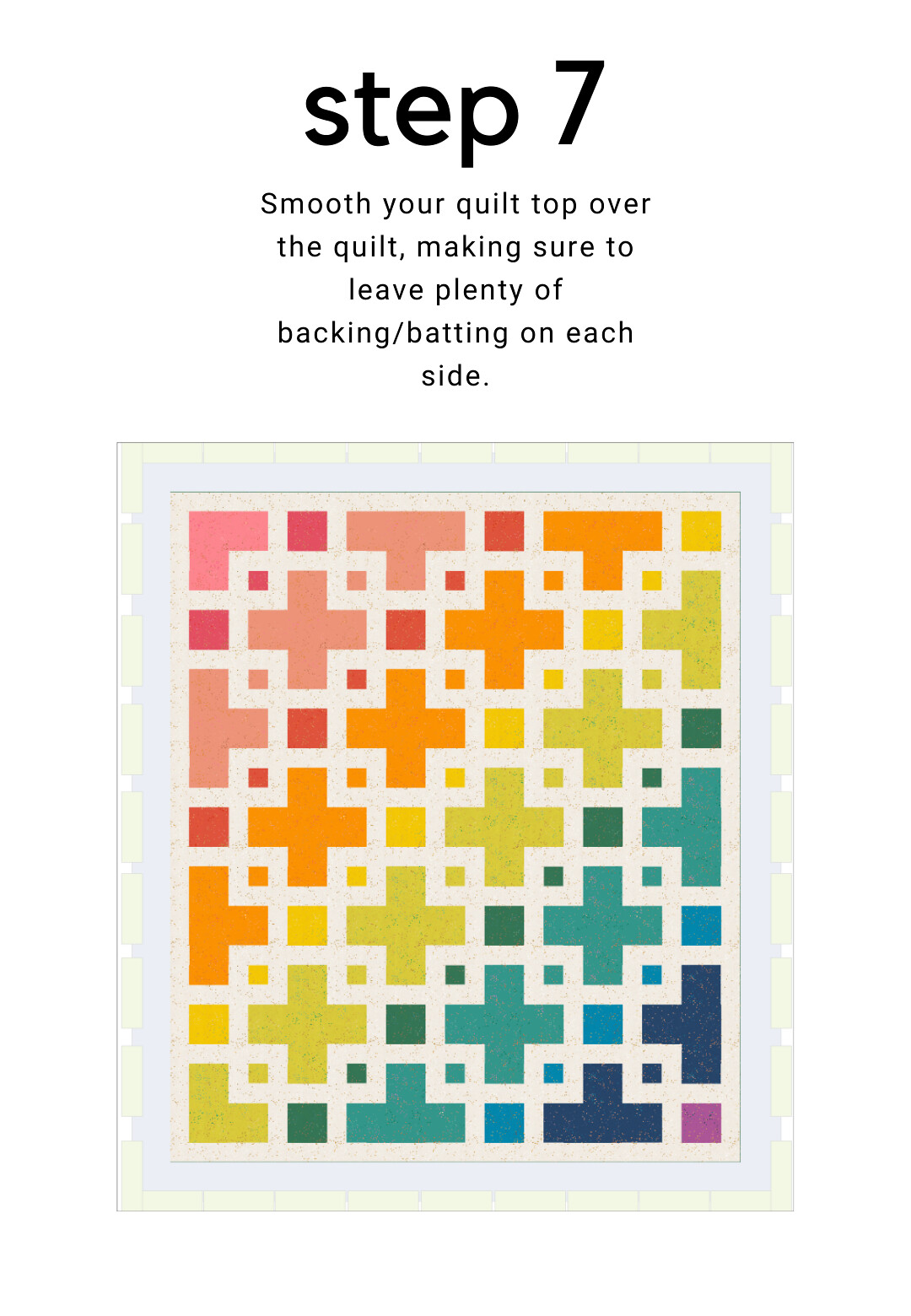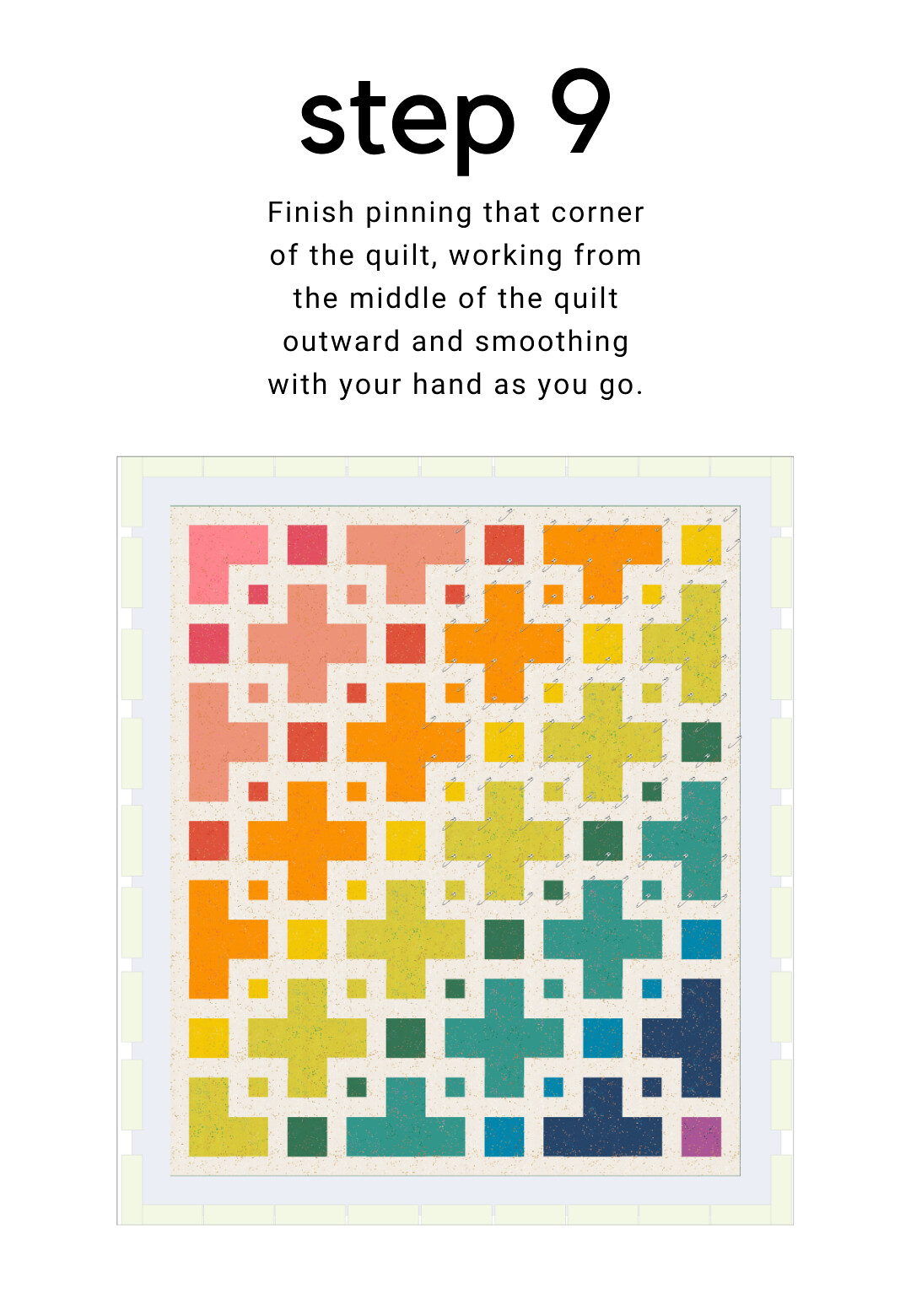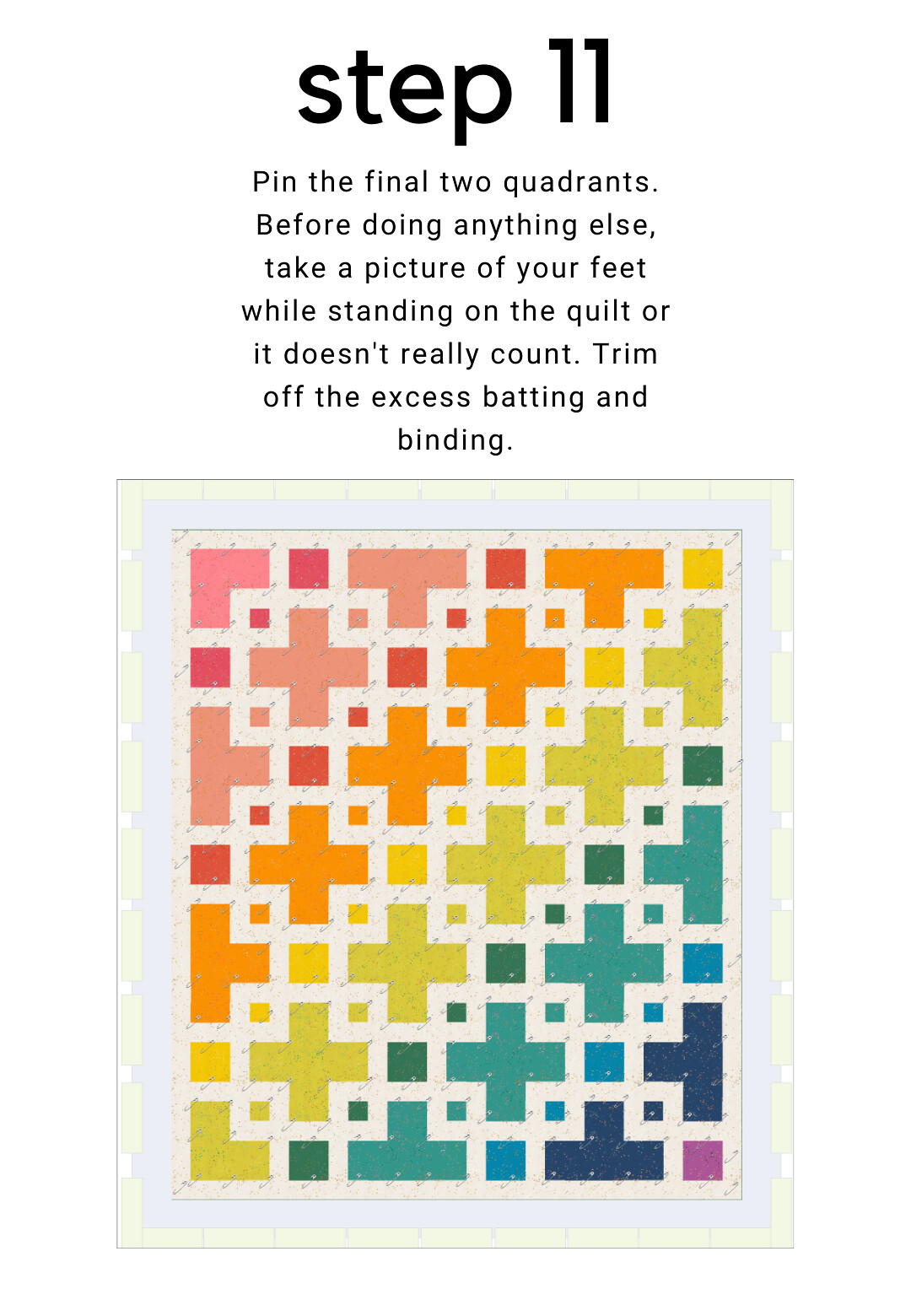In the past, I haven't included an entire week for basting in my quilalongs because (1) there are always a significant number of participants who have their quilts long arm quilted and (2) there are lots of different ways to baste a quilt and this is just one.
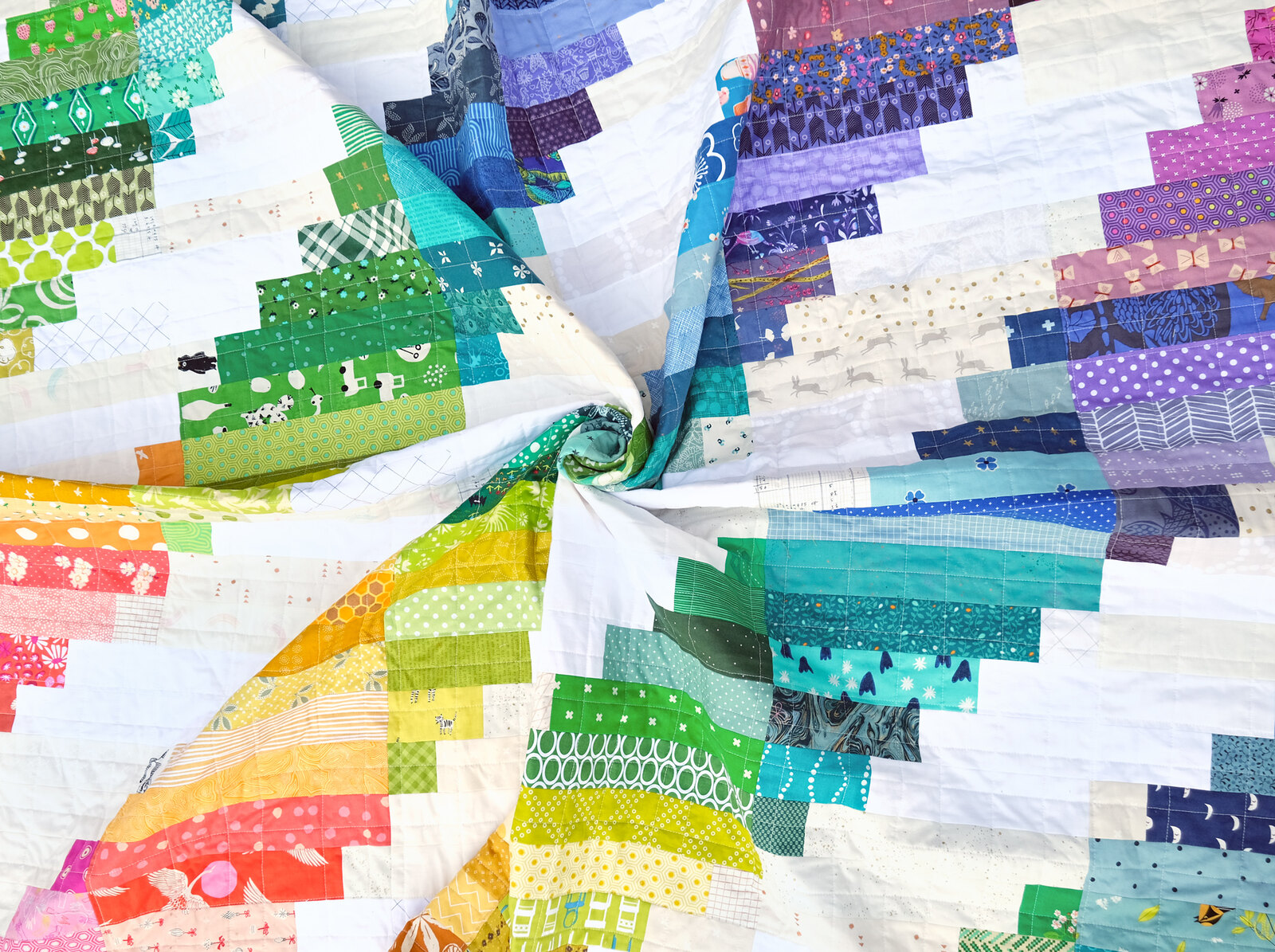
But this time I am including it. I have basted a lot (and I mean A LOT of quilts) so I have a method that works extremely well for me. Also, basting can be very overwhelming if you are a new quilter so I wanted to assure you that it's really not that bad and you can definitely do it.
Methods of Basting
There are a ton of methods for basting your quilt. Some people baste theirs on a table or movable surface that lets them baste without crawling around on the floor. You can use store bought spray baste, homemade spray baste, pins, or thread. You can baste on carpet or hard floors. You can use lots of pins or very few. Regardless of which combination of methods you use, there are people out there that will say that method is the best.
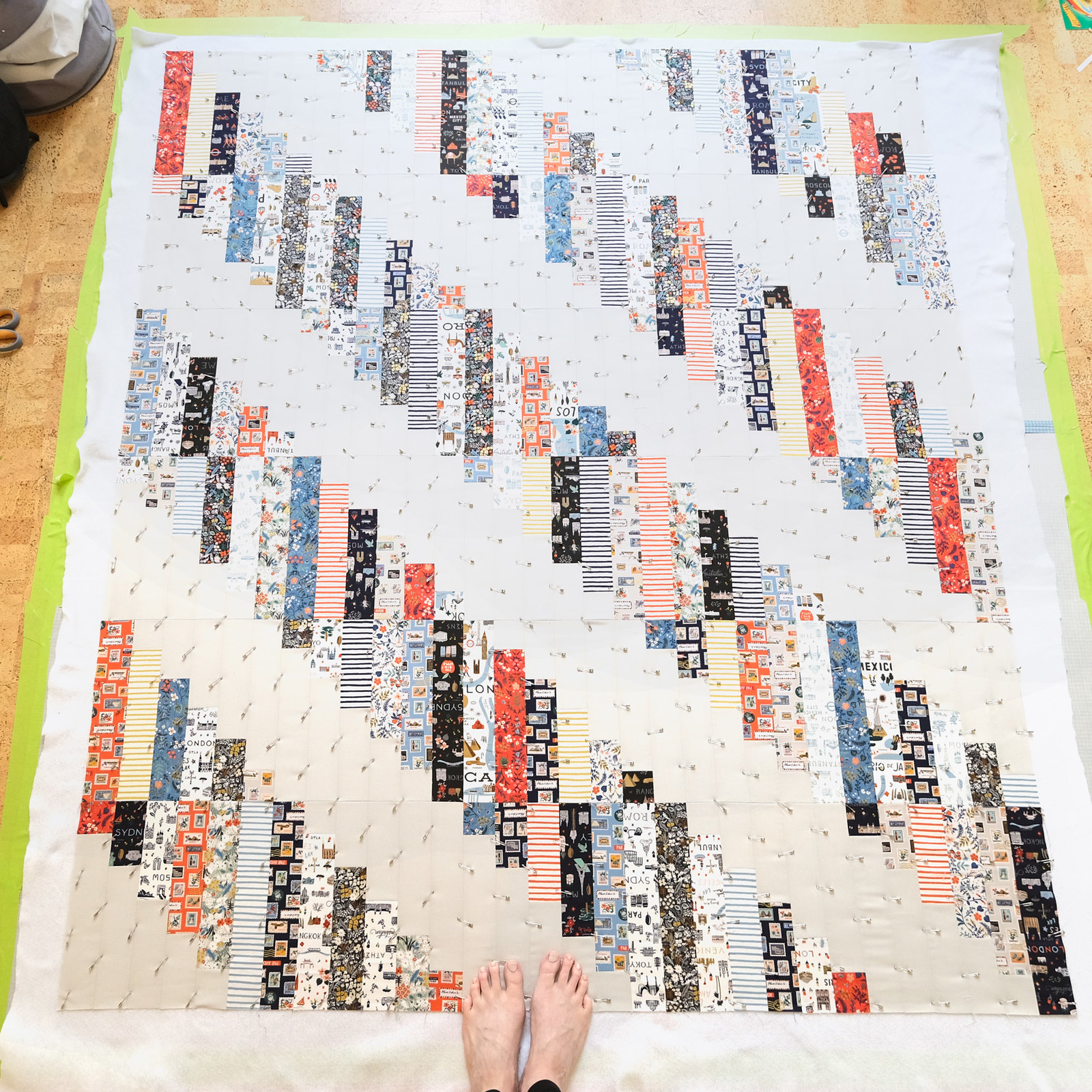
I baste on a hard floor (though I have basted on carpet without issue) using lots of pins. These are the supplies that I cannot baste without:
-
Scotch Rough Surface Painter's Tape (1.88" wide) — This is the tape that I use to tape my backing fabric to the floor and it is the absolute best. If a fabric won't stick to this tape, it won't stick to anything.
-
Basting Pins — I use size 1 curved pins. They aren't anything fancy, but they do the job. I leave the pins open when I'm not using them.
-
Kwik Klip — This is a tool for opening and closing safety pins. Your fingers (and fingernails) will thank you for picking up this inexpensive tool. As an alternative, you can use a butter knife but it isn't quite as ergonomic.
- Batting — My favorite is Quilter's Dream Cotton Select but use whichever kind you prefer.
Steps of Basting
Forgive me, I am reusing the diagrams from the Violet Quiltalong, but I figure you would rather have me spending that time writing new patterns.
Step 1
Spread your backing fabric on a flat surface. I have basted on all kinds of floors, including carpet, with great success. Some people also use large tables, counters, or giant sheets of plywood for basting. It is nice to have room around the quilt so you aren't squished, but I am quite squished in my basting space and it works out ok.
Step 2
Tape your corners. You want to pull the fabric taut without stretching it - however, I have found that I always need to pull it a little bit tighter than I think I need to. Once you start adding more tape, you might realize you didn't pull it tight enough and you can readjust the corners (I have to do this a lot).
Step 3
Add a piece of tape to the middle of each side, making sure to pull the fabric taut.
Step 4
Add more tape between the center and corners.
Step 5
Add even more tape! I think the reasons why people get puckers in the back of their quilt are because (1) they don't pull their fabric tight enough (remember, you don't want it to be too tight either) or (2) they don't use enough tape.
Step 6
Spread your batting over the backing fabric. If my batting is oversized, I don't bother trimming it yet - I do that when I am done basting, but you can do it at this point if you want to.
Step 7
Spread your quilt top over your batting/backing, making sure that you have plenty of excess batting/backing on each side. Your quilt top will shift a little bit as you baste it, so try to get it as close to the middle as possible.
Step 8
Start in roughly the center of the quilt and start to pin one corner, constantly smoothing the fabric with your non-pinning hand. I use my hand to smooth the fabric, then add the pin before moving my hand. I want the fabric to stay as flat as possible when I add the pin.
Step 9
I get a lot of questions about how many pins to add - pins should be roughly 3-4" apart or about the size of your palm. It might seem like a lot, but it makes a difference. Keep smoothing and pinning, working outward from the center, until you have finished pinning that quarter of the quilt.
Step 10
Go back to the center and work outward, pinning the next quarter of the quilt.
Step 11
Finish pinning the last two quarters of the quilt, working from the center outward.
At this point, I always take a photo of my feet while standing on the quilt. I know the feet photos drive some people crazy, but it is a fun way for me to document my quilts and I enjoy doing it.
After basting (and taking a photo), trim away the extra backing and batting fabric. You want to leave about 3" of extra batting/backing around each side of the quilt in case you have any shifting while quilting. If you have basted well, you shouldn't have any shifting (or at least only a tiny bit) but better safe than sorry.






